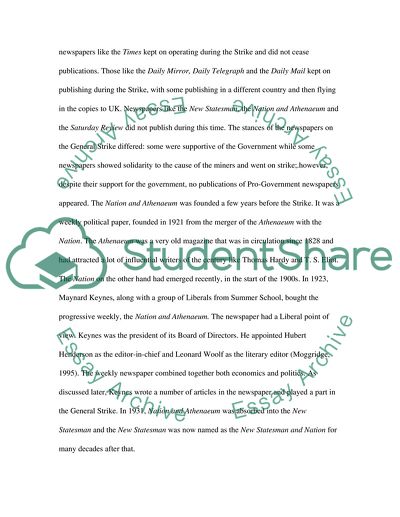Cite this document
(General Strike of 1926 and Its Treatment by Newspapers Literature review, n.d.)
General Strike of 1926 and Its Treatment by Newspapers Literature review. Retrieved from https://studentshare.org/media/1738805-the-newspaper-history
General Strike of 1926 and Its Treatment by Newspapers Literature review. Retrieved from https://studentshare.org/media/1738805-the-newspaper-history
(General Strike of 1926 and Its Treatment by Newspapers Literature Review)
General Strike of 1926 and Its Treatment by Newspapers Literature Review. https://studentshare.org/media/1738805-the-newspaper-history.
General Strike of 1926 and Its Treatment by Newspapers Literature Review. https://studentshare.org/media/1738805-the-newspaper-history.
“General Strike of 1926 and Its Treatment by Newspapers Literature Review”, n.d. https://studentshare.org/media/1738805-the-newspaper-history.


